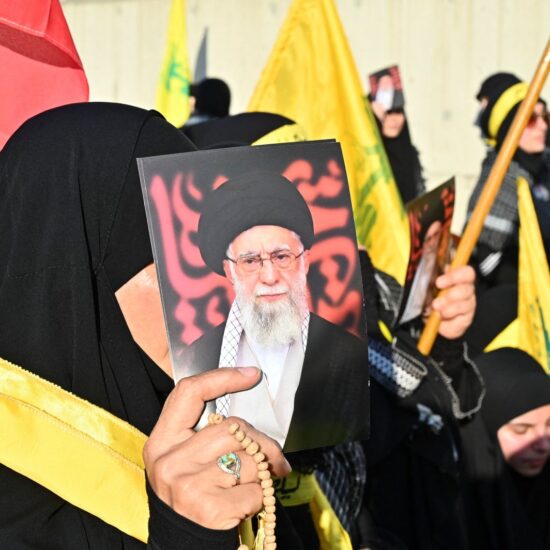
Attacks by US and UK lead coalition on Houthi targets in Yemen, in response to Yemen's disruption of commercial shipping routes in support of Palestine, stoke the risk of escalating into regional war.
On Thursday, the military forces of the United States and the United Kingdom initiated strikes against various Houthi targets within areas under Houthi control in Yemen. This represents a notable reaction following warnings from the Biden administration and its allies emphasizing that the Iran-backed Houthi group would face repercussions for their recurrent drone and missile attacks targeting commercial shipping in the Red Sea.
This happened in parallel with the International Court of Justice (ICJ)’s hearing on South Africa’s genocide case against Israel, accusing it of committing genocide against Palestinians in Gaza.
Why this is important, Lt. Gen. Alex Grynkewich, the US Air Forces Central Commander, reported that US and coalition forces conducted strikes on more than 60 targets across 16 locations held by Houthi militants. The targets included command and control nodes, munitions depots, launching systems, production facilities, and air defense radar systems.
In a context of fear of escalating conflict in the Middle East, the US has sought to retaliate against the Houthis to prevent continuous attacks on international shipping.
However, the Houthis have made it clear that this move would not deter them from their attacks on ships, launched in support of the Palestinian struggle. Their spokesperson, Mohammed Abdul-Salam, wrote online that The group’s “targeting will continue to affect Israeli ships or those heading to the ports of occupied Palestine.”
Although the US and its allies believe they are saving commerce, this could potentially drive the US into a major conflict.
Furthermore, the US Presidential Advisor, Amos Hochstein, visited Beirut where he held talks regarding the situation on the Lebanese-Israeli border hoping to find a resolution.
Lebanese caretaker PM Najib Mikati stated the importance on working on a temporary middle-ground solution to avoid a descent into a bigger conflict.
In a press conference with Parliament Speaker Nabih Berri, Hochstein stated that the believes both Israel and Lebanon prefer a diplomatic solution.
However, Hezbollah’s leader, Hassan Nasrallah has been adamant about tensions ending on the southern border only if the war on Gaza ends.
Sources told Al-Akhbar newspaper that Hochstein “raised several topics, including the search for a political solution leading to a ceasefire or limiting the confrontation to a specific area if the conditions for a political solution are not met.”
In summary, this week has witnessed significant political and military developments across the region. While some signals suggest an inclination to contain the conflict, others point to a potential escalation of the war. However, a crucial resolution—ceasefire in Gaza—remains notably absent from discussions and does not seem to be actively pursued by major actors.








